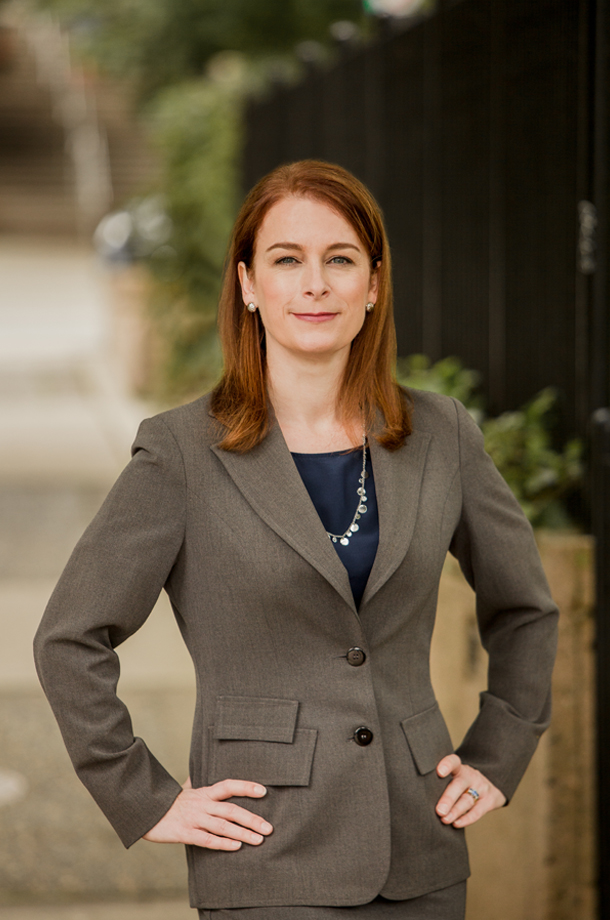In estate litigation, the Court is often asked to determine whether or not a plaintiff was the “spouse” of the deceased. We often refer to this as the “threshold question”, because being recognized as a “spouse” typically allows the plaintiff a greater claim on the estate. While the status of a legally married spouse is usually easier to determine, WESA and other estate related law includes in the definition of “spouse” someone who has lived with the deceased in a “marriage-like relationship” for at least two years.
“Marriage-like relationships” come in many different forms. Our Courts are clear that there is no set one set of criteria to be met, but rather, many possible indicators. The bottom line is that each couple’s spousal status must be reviewed in the context of their own unique facts.
In a recent decision, the British Columbia Supreme Court considered, first, whether the plaintiff, Ms. McFarlane, was the “spouse” of the deceased, Mr. Goodburn, and second, if so, whether Mr. Goodburn’s will ought to be varied.
Ms. McFarlane and Mr. Goodburn had been family friends for many years. Following the deaths of their respective spouses, Mr. Goodburn moved into Ms. McFarlane’s home and they began an intimate relationship. During the course of their eleven-year relationship, the couple socialized together, vacationed together and, according to Ms. McFarlane, regarded themselves as husband and wife despite maintaining separate finances. Mr. Goodburn suffered from various health conditions and relied on Ms. McFarlane for care and assistance until his death. In his will, he left nothing to Ms. McFarlane. Ms. McFarlane argued that the will ought to be varied in her favour as it failed to make adequate provision for her maintenance.
To determine whether the will ought to be varied, the Court first had to consider whether she was Mr. Goodburn’s spouse. The Court answered this question in the affirmative based on the following objective and subjective factors:
- The couple shared a home and a bed;
- Ms. McFarlane provided care and support to Mr. Goodburn to the degree and in the manner of someone who was more than simply a friend;
- In their social interactions with friends and family, the couple would have appeared to function as a unit; and
- Each was likely committed to life-long financial and moral support of the other.
The Court further explained that for a relationship to be “conjugal”, couples are not required to fit precisely the traditional marital model. The Court therefore found that Ms. McFarlane was in fact a spouse, and ordered that the will be varied to provide for her.
Thank you to Alexandra Andrisoi, articled student, for her assistance in preparing this post.



